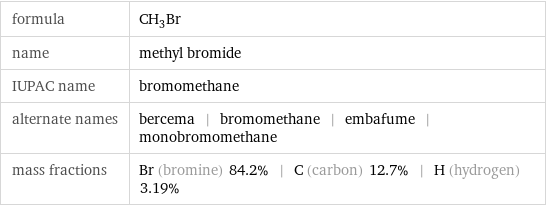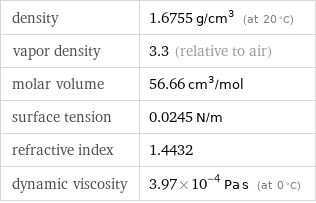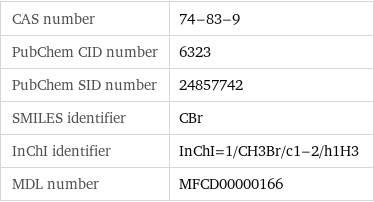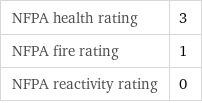Input interpretation

methyl bromide
Chemical names and formulas

formula | CH_3Br name | methyl bromide IUPAC name | bromomethane alternate names | bercema | bromomethane | embafume | monobromomethane mass fractions | Br (bromine) 84.2% | C (carbon) 12.7% | H (hydrogen) 3.19%
Lewis structure

Draw the Lewis structure of methyl bromide. Start by drawing the overall structure of the molecule: Count the total valence electrons of the bromine (n_Br, val = 7), carbon (n_C, val = 4), and hydrogen (n_H, val = 1) atoms: n_Br, val + n_C, val + 3 n_H, val = 14 Calculate the number of electrons needed to completely fill the valence shells for bromine (n_Br, full = 8), carbon (n_C, full = 8), and hydrogen (n_H, full = 2): n_Br, full + n_C, full + 3 n_H, full = 22 Subtracting these two numbers shows that 22 - 14 = 8 bonding electrons are needed. Each bond has two electrons, so the above diagram has all the necessary bonds. There are 4 bonds and hence 8 bonding electrons in the diagram. Lastly, fill in the remaining unbonded electrons on each atom. In total, there remain 14 - 8 = 6 electrons left to draw: Answer: | |
3D structure

3D structure
Basic properties

molar mass | 94.94 g/mol phase | gas (at STP) melting point | -93.68 °C boiling point | 3.5 °C density | 1.6755 g/cm^3 (at 20 °C) dielectric constant | 1.01
Gas properties (at STP)

density | 1.6755 g/cm^3 (at 20 °C) vapor density | 3.3 (relative to air) molar volume | 56.66 cm^3/mol surface tension | 0.0245 N/m refractive index | 1.4432 dynamic viscosity | 3.97×10^-4 Pa s (at 0 °C)
Units

Thermodynamic properties

specific heat capacity c_p | gas | 0.4466 J/(g K) molar heat capacity c_p | gas | 42.4 J/(mol K) specific heat of formation Δ_fH° | gas | -0.3729 kJ/g molar heat of formation Δ_fH° | gas | -35.4 kJ/mol molar heat of vaporization | 23.9 kJ/mol | specific heat of vaporization | 0.252 kJ/g | molar heat of combustion | 7733 kJ/mol | specific heat of combustion | 81.45 kJ/g | molar heat of fusion | 5.98 kJ/mol | specific heat of fusion | 0.063 kJ/g | critical temperature | 467 K | critical pressure | 6.61 MPa | (at STP)
Chemical identifiers

CAS number | 74-83-9 PubChem CID number | 6323 PubChem SID number | 24857742 SMILES identifier | CBr InChI identifier | InChI=1/CH3Br/c1-2/h1H3 MDL number | MFCD00000166
NFPA label

NFPA label

NFPA health rating | 3 NFPA fire rating | 1 NFPA reactivity rating | 0
Safety properties

flash point | -40 °C autoignition point | 537 °C lower explosive limit | 10% (concentration in air) upper explosive limit | 16% (concentration in air)

DOT hazard class | 2.3 DOT numbers | 1062
Toxicity properties

odor | odorless short-term exposure limit | 60 mg/m^3

long-term exposure limit | 20 mg/m^3 (over 8 hours) RTECS classes | agricultural chemical and pesticide | tumorigen | mutagen | reproductive effector | human data